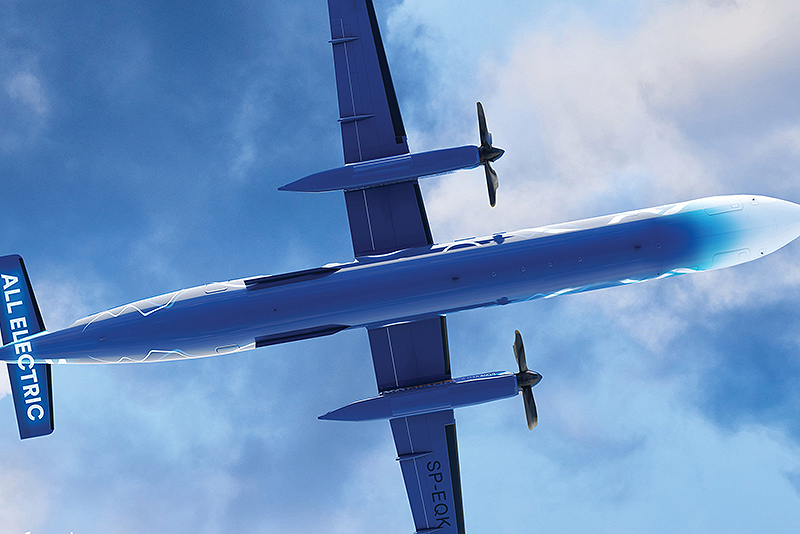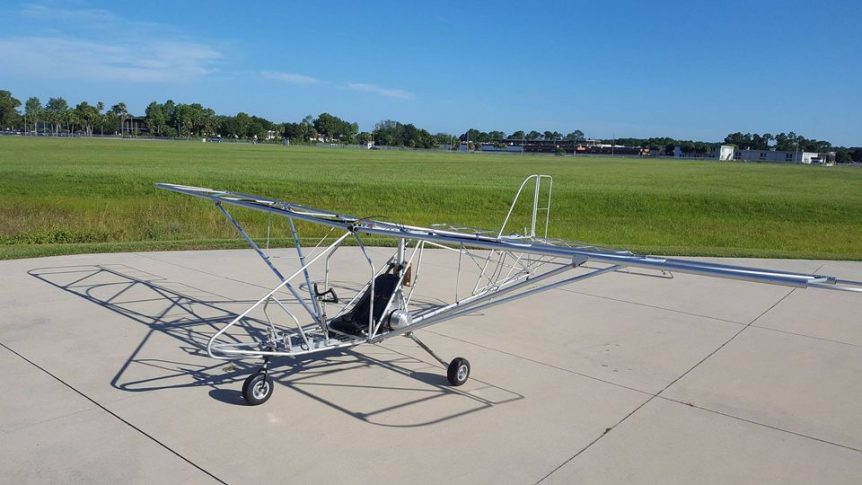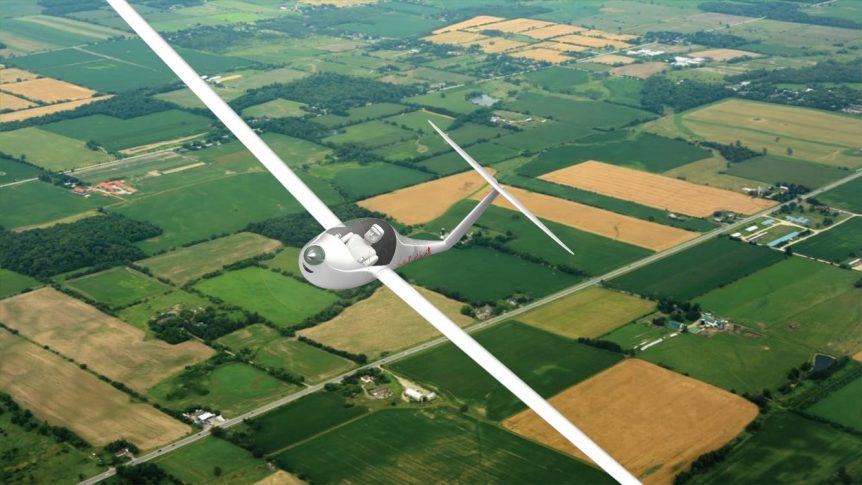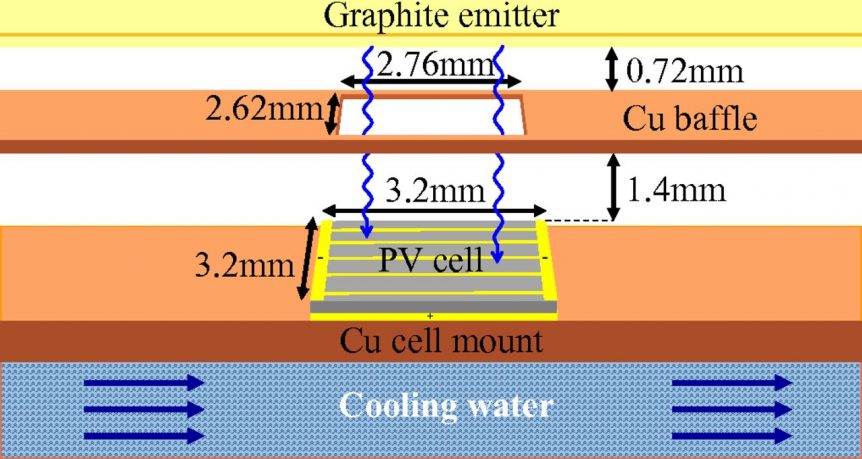A Different Type of Kitplane Green Aeronautics are moving beyond small beginnings into grander realms through ZeroAvia, Mitsubishi, and Alaska Airlines. Gabriel DeVault has flown two different electric airplanes of his own, a converted EarthStar Thundergull and a Sonex eXenos (which seems to be his daily commuter between Hollister, California and his home in Watsonville). Both have been featured prominently in his YouTube channel and your editor has written about them for Kitplanes magazine. Now, Gabriel is working on a different type of Kitplane at a much large scale. Gabriel managed research and design for the motor and related systems on the Zero electric motorcycle. The original unit has gone through several upgrades, and is now seen in variants from 27 to 110 horsepower. The company sold over 4,000 units last year in 30 countries including the United States. They look to build at an accelerated rate, hoping to double sales every year. He has taken that expertise to larger …
Aerolite 103 – As Simple As Aerial EVs Get
Shown and flown at this year’s Sun ‘n Fun and AirVenture, the Aerolite 103 is a well-tested, best-selling ultralight that in FAA Part 103 form is a true ultralight. As an electric aircraft, it’s heavier and faster than accepted ultralight standards but no less a competent flyer registered in the Experimental category. Designed in 1996, and with hundreds of the original two-stroke engine-powered versions flying, Aerolite’s originator Terry Raber sold the rights to Dennis Carley in 2012. Manufacturing moved from Millersburg, Ohio to Delano, Florida. The airplane retains its position as an inexpensive FAA Part 103-compliant ultralight – true to its name. In the last few years, it has also become part of zero-emission flight. Aerolite as an EV One can only wonder where Gabriel DeVault finds the time. Currently working in Hollister, California and Cirencester, England on ZeroAvia’s hydrogen-fueled aircraft, Gabriel was also powerplant developer for Zero Motorcycles. His motors now power several homebuilt aircraft, including his personal eGull …
Spark Solo Gets ZeroAvia Sponsorship
Mike Friend, retired Technology Director for Boeing Aircraft, and Gabriel DeVault, head of drivetrain development for ZeroAvia, are putting a Zero motorcycle motor into Mike’s Spark Solo. There are perhaps dozens of Zero motors flying today, and the 42-pound unit has evolved to powering even two-seat motorgliders like Gabriel’s Sonex Xenos. An Ambitious Project Mike came up with the Spark Solo design as a way to, “Encompass the design process” as well as the “piloting and fabricating” aspects of a project. He wanted to, “Define an airplane uniquely designed around electric propulsion,” noting that, “Past efforts have almost always been adaptations of internal-combustion powered airplanes.” To help forward his design, Mike has been working with his local EAA chapter, for which he is past president. Experimental Aircraft Association (EAA) chapter 406, “Is creating BACE (Bremerton Aviation Center for Education), a place where people can come to learn hands-on skills in airplane design, construction, and maintenance. Our shop area and flight …
Berkeley Achieves New Highs in Thermophotovoltaic Efficiency
Researchers at University of California at Berkeley announced a record in thermophotovoltaic efficiency, now at 29 percent, but with a few tweaks, soon to be at 50 percent. This is great news for small drones, which could stay up for days, but possibly not a be-all, end-all for larger, more conventional electric aircraft. Let’s examine the potential and the pitfalls involved. The researchers’ “groundbreaking physical insight” and “novel design” applies thermophotovoltaic principles that are “an ultralight alternative power source.” Eli Yablonovitch, professor of electrical engineering and computer science (EECS), wrote in a paper published in the Proceedings of the National Academy of Sciences, ““Thermophotovoltaics are compact and extremely efficient for a wide range of applications, from those that require as little as 100 watts, [such as] a lightweight unmanned aerial vehicle, to 100 megawatts, [providing] electricity for 36,000 homes. In comparison, a 100-megawatt combined cycle power plant is massive,” Expanding on work he and his students published in 2011, Yablonovitch …
MIT’s Ionic Flyer – Solid State All the Way
This week, a kerfuffle tsunami has swept through the aeronautical press, with the announcement by Steven Barret of the Massachusetts Institute of Technology (MIT) that he has flown an ion-powered airplane that “doesn’t depend on fossil fuels or batteries.”* (A minor point – the airplane does have a battery that gets its output voltage ramped up by a custom power supply.) Five years ago, your editor reported on ionic thrusters, several of which were being tested by Barrett, associate professor of aeronautics and astronautics. These little devices have great promise for moving vehicles in space, where the vacuum presents no aerodynamic drag to overcome. Even a small nudge from a thruster in space will cause a vehicle to accelerate. They work fine for low-speed propulsion of small balloons here on earth, or for lightweight lifters as part of science demonstrations, but have been neglected for heavier-than-air craft until now. Comparing the development level of his ionic airplane to that of …
The Third Electric Airplane to Fly in Oregon
Martin Koxxy, a mechanical designer for a micro-electronics firm in Beaverton, Oregon, has crafted his e-Gull, a design by Mark Beierle, over the last two years. The airplane reflects Martin’s care and skills, with simplicity and attention to detail that makes it an airworthy jewel. The paint lines on the fuselage roll neatly into the door flanges, both on the fuselage and on the door, for instance. Showing his expertise with electronics, Martin’s all-glass cockpit includes a moving map via a Samsung tablet, a miniature EFIS (Electronic Flight Instrument System) by GRT Avionics, and a Cycle-Analyst, a device normally used by bicyclists with electric motor assist. It monitors battery, motor and controller status among other things. The latest version is priced at $159.95, making it an economical way to keep track of your powerplant. Mark showed a battered smartphone (must have been a Timex®, since it obviously took a licking and kept on …ticking) that displayed the motor, battery, and controller temperatures …
Motorcycle Motors as Powerplants for Experimenters
A frustration borne by homebuilt aircraft designers for years has been that of finding an appropriate, reasonably-priced powerplant for aircraft in the single and small two-seat range. Early experimenters often converted motorcycle engines to their ultralight needs. Continentals, Lycomings, and Franklins filled those needs in the 1930s and ‘40s, and other than Rotax and a few smaller manufacturer’s offerings, there really haven’t been any replacements since then. Electric powerplants, however, can be found in the motorcycles being produced by many American and foreign companies now, with more to come from Europe and Japan. Designers looking for available electric motors and “plug-and-play”* complete systems may want to look at the 2015 Zero Motorcycle lineup. Since one Zero motor has flown at the Arlington, Washington Fly-in and at AirVenture 2013, we can attest to the demonstrated performance. Zero’s newer model motors, controllers, and batteries can be found on the latest bikes from the company. Their specifications are certainly indicative of light weight …
Three Electric Airplanes Fly at AirVenture 2013
Electric aircraft have flown for the last six years at the big Oshkosh AirVenture airshow. Randall Fishman started the movement in 2007 showing his ElectraFlyer trike, and then flew his ElectraFlyer C, a single-seater derived from the Moni motorglider the following year. He won the 2008 Stan Dzik Memorial Award For Design Contribution “for the installation of the Electric-Motor power train” and the Dr. August Raspet Award. Last year he displayed his ElectricFlyer ULS, a twin-boom pusher with soaring capabilities. Others have followed, with Yuneec cruising overhead in 2010, winning the Lindbergh Electric Aircraft Prize (LEAP) prize for the craft’s “significant commercial potential” and “compelling design.” Dale Kramer, flying his twin-Joby-motored eLazair around the ultralight circuit in 2011, showed the potential for electric motors on an amphibian. Sonex Aircraft showed its Waiex in its e-Flight Initiative area in the Innovation Pavilion, looking essentially the same as over past years. the company has noted several test flights since its late December, …
Formula Student Winners Show New Direction
First, recall the recent 24 Hours of Le Mans. The first five finishers out of 56 starters in the race were hybrid vehicles. Then think of the Pikes Peak International Hill Climb this year. For the first time, an electric motorcycle outpaced all other bikes and one manufacturer, Zero Motorcycles, entered six bikes, three of which broke the existing record for electric motorcycles on the mountain. Now consider an event that is not as well known in the U. S., but which shows the direction that young engineers are taking in Europe. Formula Student, a competition bringing together the work of 2,000 students from around the world, saw the first two places taken handily by electric vehicles for the first time ever. Held this year at the UK’s Silverstone Raceway, the event drew an international crowd. Switzerland’s ETH Zurich won first place with 921.3 points (of 1,000 possible), while German team UAS Zwickau took second with 851.5 points. A “petrol-powered” …
Pikes Peak Bikers Are No Pikers
100-percent paved for the first time in the 91 year history of the Pikes Peak International Hill Climb last weekend, maybe the road’s lack of flying gravel contributed to the extremely quick times. Chip Yates, who had set a world record for his electric motorcycle assault on the course, did not race this year, probably involved with his Flight of the Century program. This year, Carlin Dunne performed the honor of riding the fastest on an electric motorcycle – a Lightning with an IPM liquid cooled, 125kw+, 10,000 rpm motor, as used, according to Lightning’s CEO, in the Chevrolet Tahoe. Telling Motorcycle.com, “If it can push a 6,000-plus pound truck, think of its performance in a 500-pound motorcycle.” CEO Hatfield says the motor units have been certified to last 900,000 miles. Maybe those specs made it the fastest of all motorcycles, even beating the Ducatis on which Dunne has set previous hill climb records This year, the fastest Ducati came …




